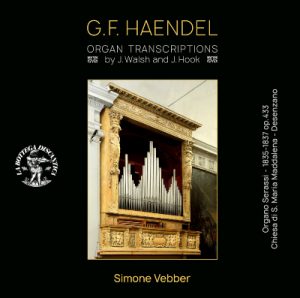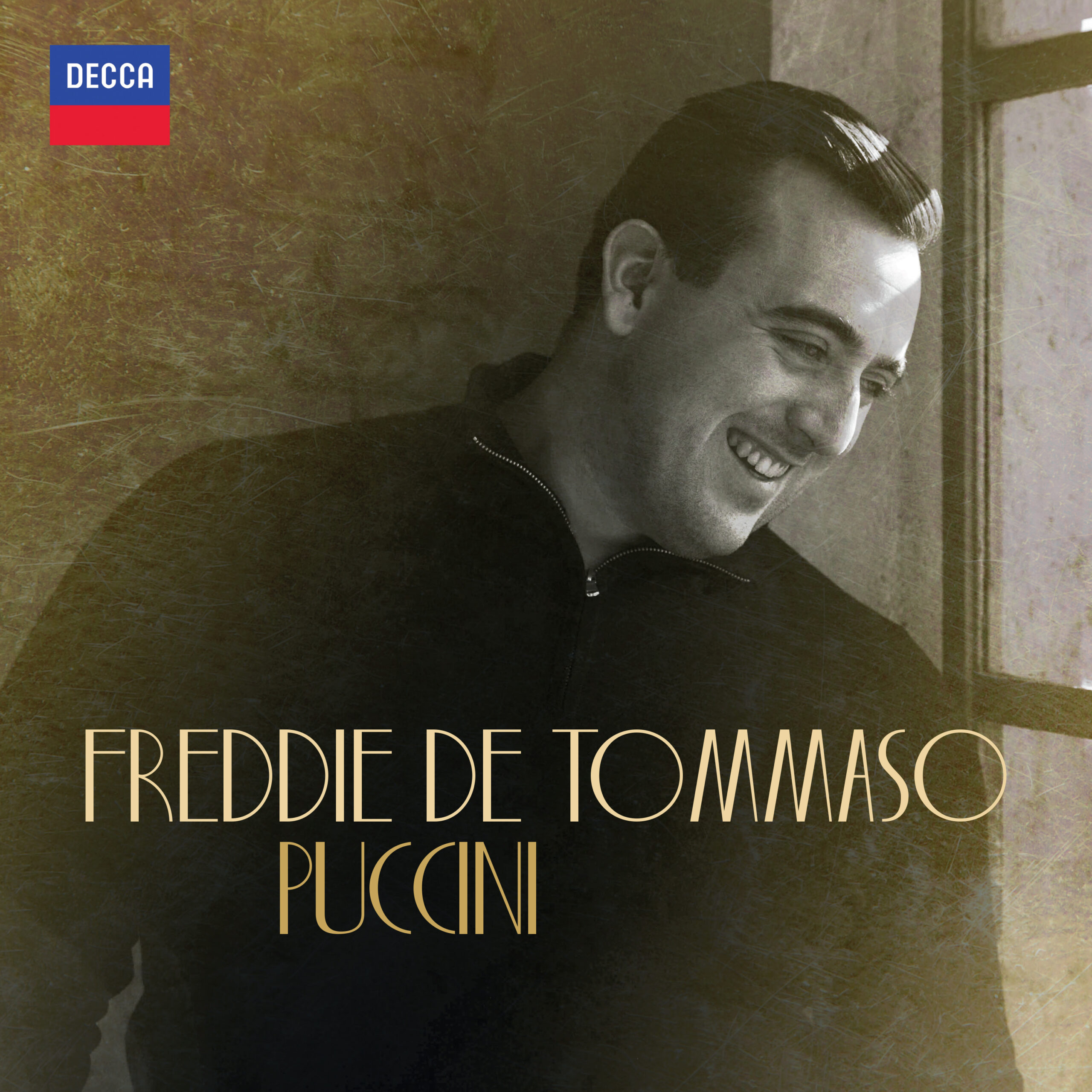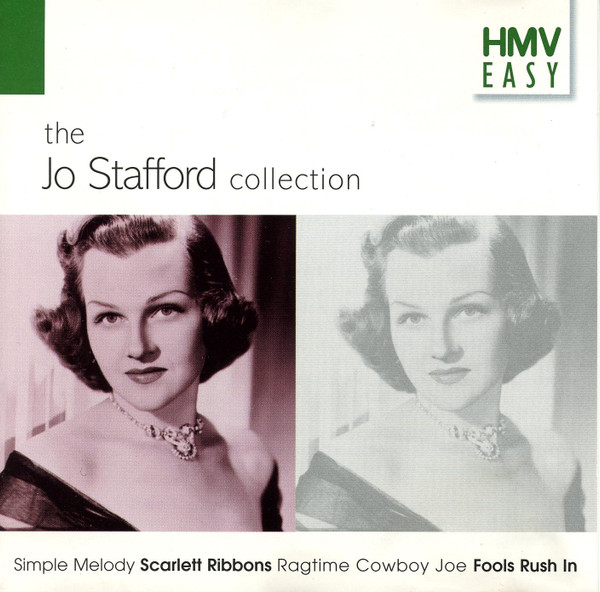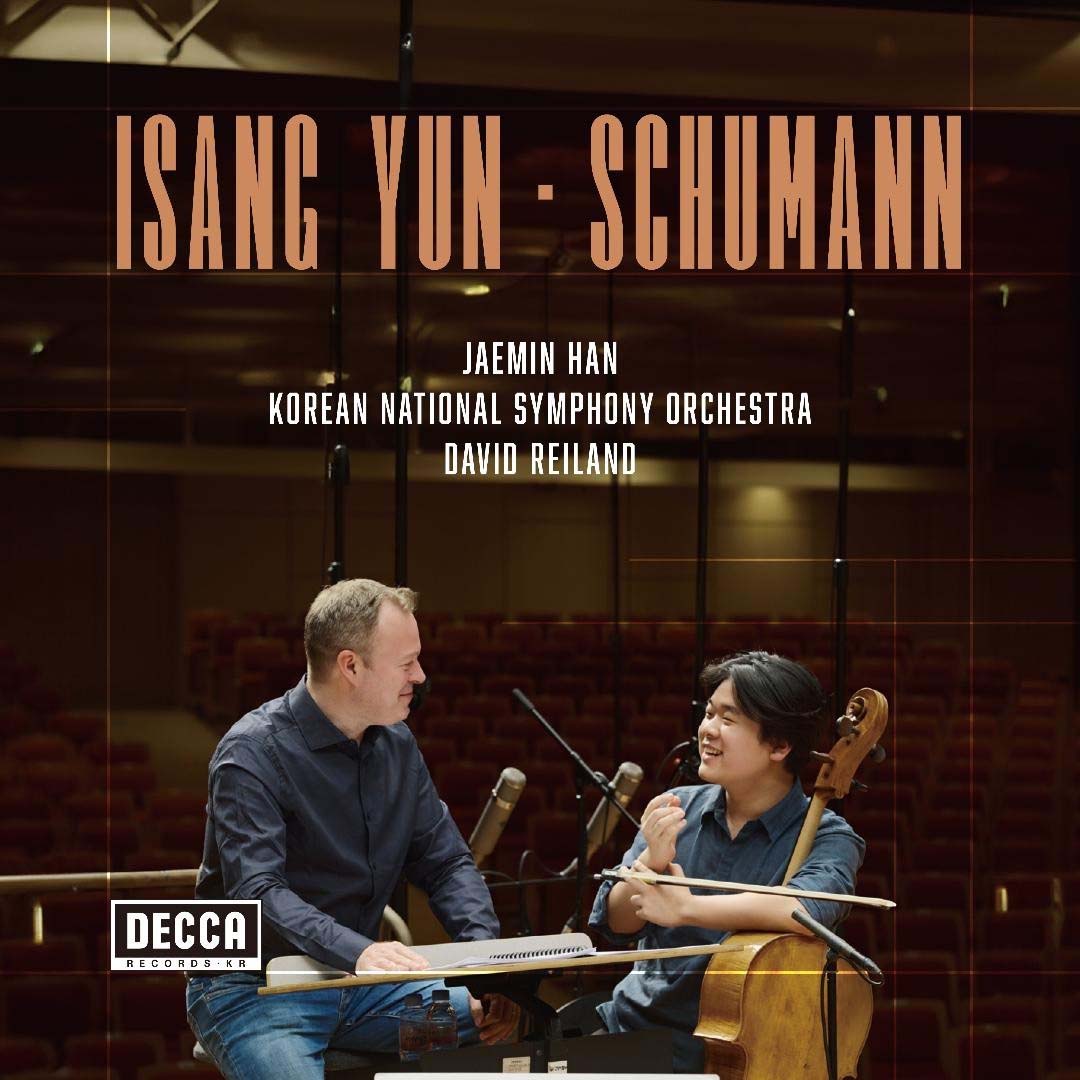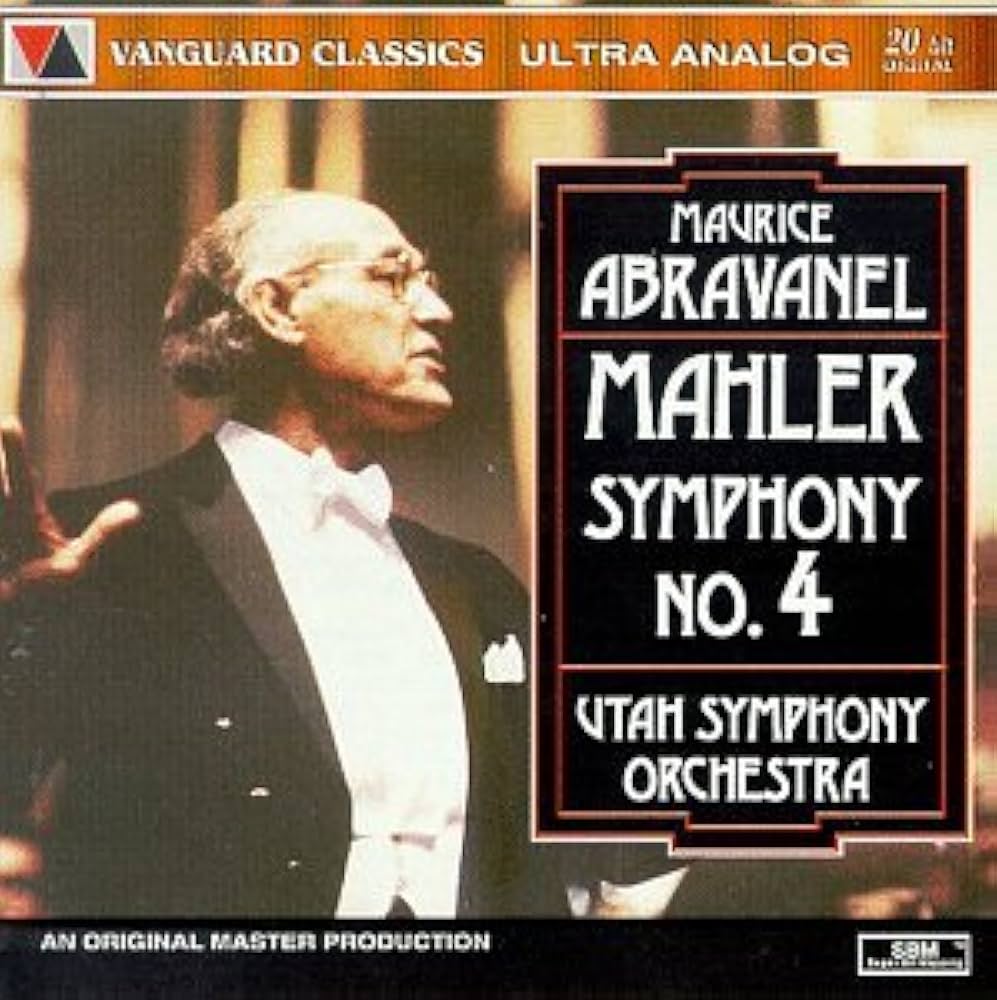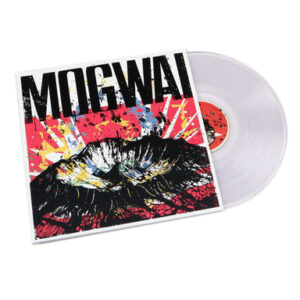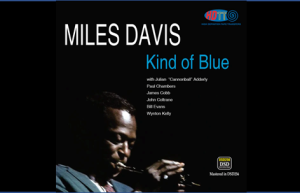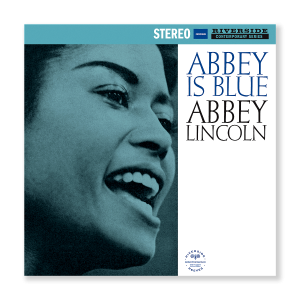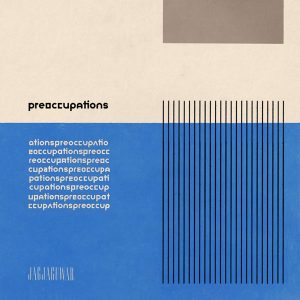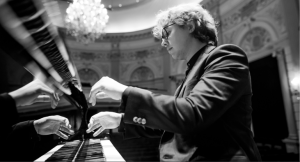Handel: Organ Transcriptions (arr. J. Walsh and J. Hook). Simone Vebber, organ (Serassi organ, Church of St. Mary Magdalene, Milan, 1835-7). Discantica 314. TT: 54.04
Saul: How excellent Thy name, O Lord; Preserve Him for the glory of Thy Name. Organ Concerti: Op. 4, No. 4; HWV 295 ("The Cuckoo and the Nightingale"). Coronation Anthem, HWV 259: Let Thy hand be strengthened; Let justice and judgment; Allelujah. Coronation Anthem, HWV 260: The King shall rejoice; Exceeding glad shall He be; Glory and great worship, Allelujah. Judas Maccabeus: Mourn, ye afflicted children.
Just to be clear: the music on this program—two complete organ concerti and various choruses with orchestra—is by Handel, but the solo-organ transcriptions, which date from the eighteenth century, are not. (Both the album cover and the program notes bill the arrangers only as "J. Walsh" and "J. Hook," Soviet-style.) It's a sort of Stokowski-in-reverse.
I'm not sure why these arrangements were made—there was hardly a shortage of Baroque organ music—but they work well. In the two concerti, I didn't miss the orchestra: Mr. Walsh, who transcribed both scores, devises ample timbral contrasts among keyboards and pedalboard. In the choruses, form is determined by the texts, which, of course, aren't here; but the pieces are short enough—the longest runs 5.05—not to ramble.
The deft Simone Vebber gets his most pleasing results in the smaller-scaled pieces: the two light-textured choruses from HWV 259 (though Let Thy hand be strengthened would have benefited from one fewer 4' stop); Preserve Him for the glory of Thy name, a thoughtful, searching fugue; and the Judas Maccabeus number, which, despite bright registrations, somehow sounds appropriately meditative. The popular Cuckoo and the Nightingale—transparent, by turns sprightly and plaintive, with a zesty, toccata-like dexterity in the first Allegro—is the best item on the program.
Against these moments, the sound of the full organ, an instrument dating from just after Handel's death in 1835, seems out of scale. In the bigger pieces—including How excellent Thy name, which opens the program—Vebber's aggressive registrations, reinforced by 32-foot bombardes and such, become an active irritant: the monolithic "wall of sound," with mixtures adding conflicting overtones, is overbearing rather than imposing, with heavy pedal couplings pulling the sonorities down. I realize that some organ enthusiasts revel in these moments, and would have them no other way; they simply are not to my taste.
Elsewhere, a few distracting rhythmic anomalies invade. In the opening of the F major concerto, the pulse becomes unstable as Vebber attempts to accommodate the mordents, though it steadies once the movement gets going; the finale's fugue moves along, but it gradually bogs down as Vebber reacts to the tracker mechanism's delayed response. The crisp chords of The King shall rejoice thicken as the textures fill out, losing the "air space" between them.
No complaints whatever about the vivid, wide-ranging engineering; there's a pronounced overhang after cadences, and we hear the background thuds and rattles of the organ's tracker mechanism.
You'll know by now whether this album is for you; I suspect the aforementioned enthusiasts are already placing their orders, either from Italian Amazon (amazon.it) or directly from La Bottega Discantica (discantica.it); Spotify also offers the program for streaming. I couldn't locate any downloads.
stevedisque.wordpress.com/blog




